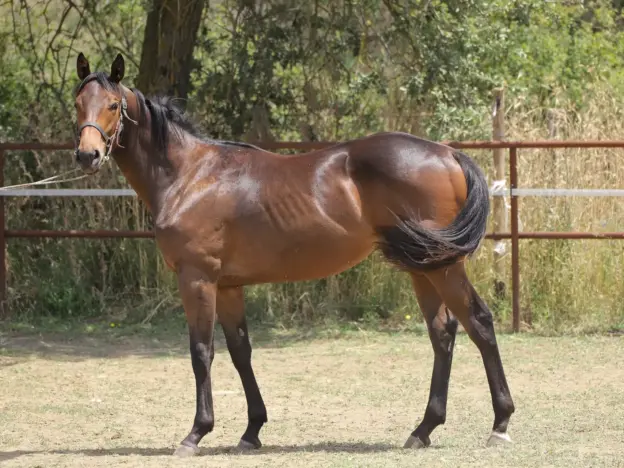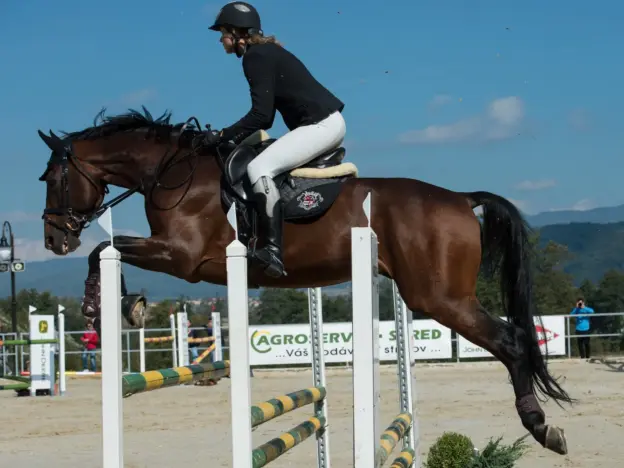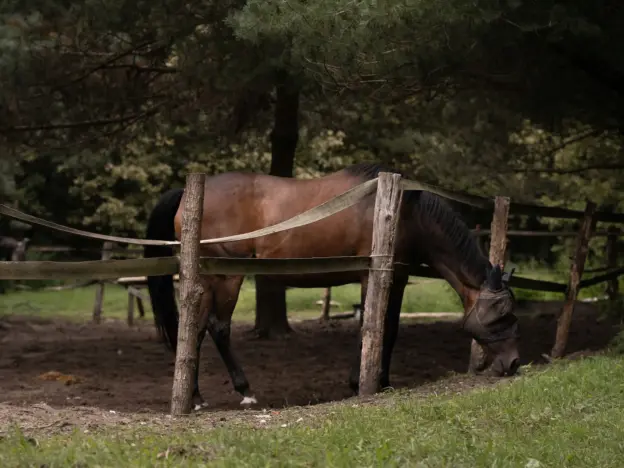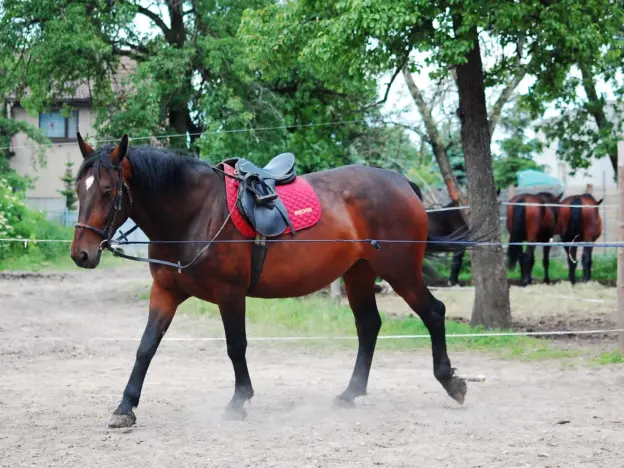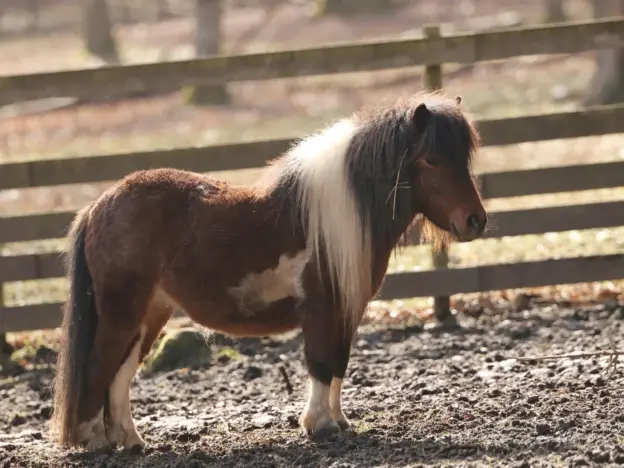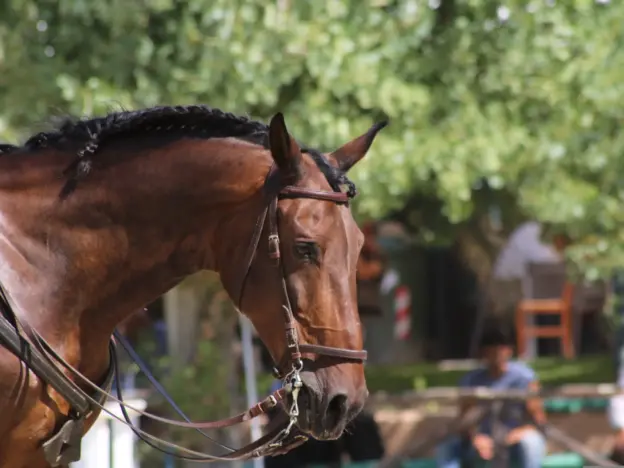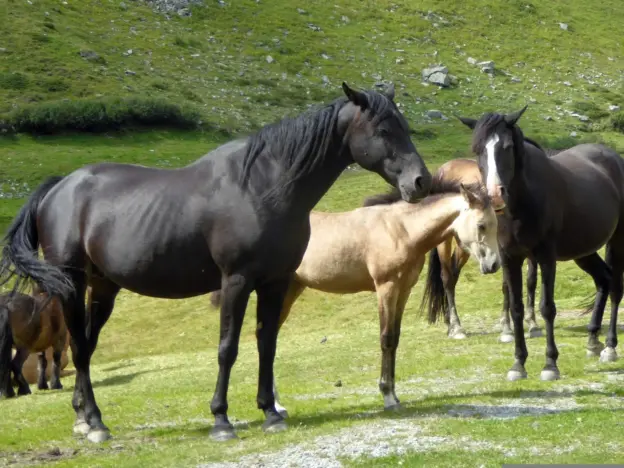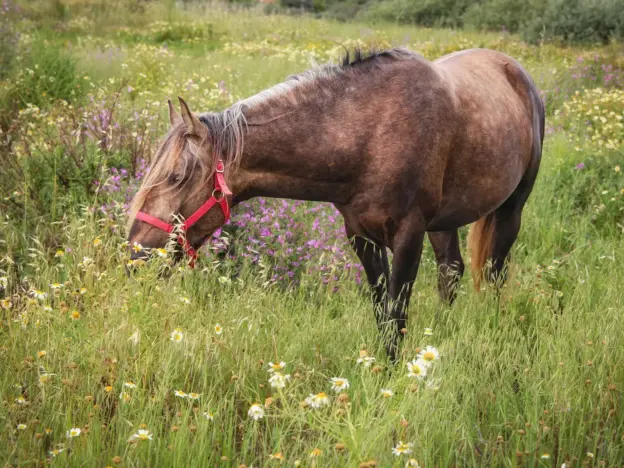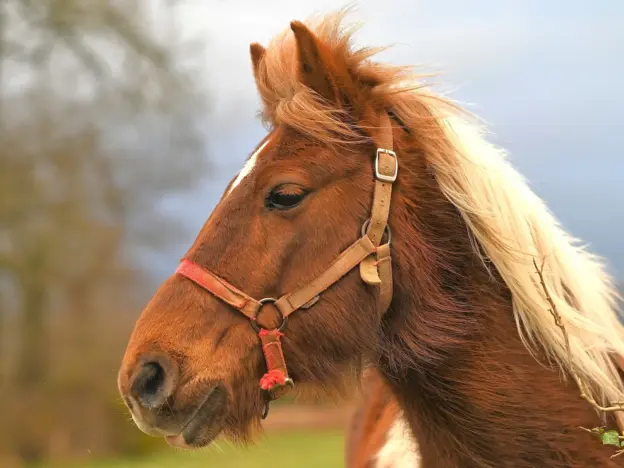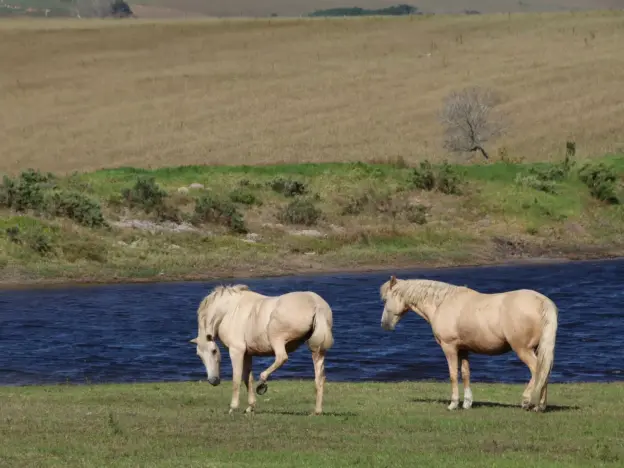Intro
Few breeds, (besides perhaps the Arabian & the Andalusian) have traveled as far & as wide as the English (or British) Thoroughbred animals have. While racing horses has been a sport for as long as we have been on their back, the British took horse racing to another level entirely.
Read more
